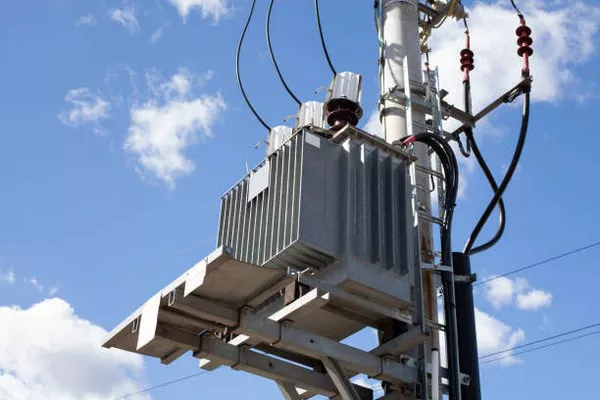Electrical transformers are indispensable components in modern power distribution systems, playing a pivotal role in the efficient and reliable transfer of electrical energy. These devices are instrumental in altering the voltage levels of electric currents, facilitating the transmission of electricity across vast distances and ensuring compatibility with diverse electrical devices. The main function of electrical transformers lies in their ability to transform voltage levels, which is essential for the effective and safe distribution of electricity.
Understanding Transformers:
At its core, an electrical transformer is a static device that transfers electrical energy between two or more circuits through electromagnetic induction. It consists of two coils of wire, known as the primary and secondary windings, which are electrically isolated from each other. These windings are wound around a common core, typically made of laminated iron or other magnetic materials. The transformer operates on the principle of Faraday’s law of electromagnetic induction, where a changing magnetic field induces an electromotive force (EMF) in a nearby conductor.
Voltage Transformation:
The primary function of a transformer is to alter the voltage level of an alternating current (AC) while keeping the power constant. This transformation is achieved through the ratio of turns in the primary and secondary windings. When the number of turns in the secondary winding is greater than the primary winding, the transformer is called a step-up transformer, resulting in an increase in voltage. Conversely, if the number of turns in the secondary winding is less than the primary winding, the transformer is a step-down transformer, leading to a decrease in voltage.
Efficient Power Transmission:
One of the primary reasons for using transformers in power distribution systems is the efficient transmission of electricity over long distances. High-voltage transmission reduces energy losses during the transmission process. According to Joule’s law, the power loss in a conductor is proportional to the square of the current passing through it. By transmitting electricity at high voltages and correspondingly lower currents, transformers minimize energy dissipation and improve the overall efficiency of the power grid.
Voltage Regulation:
Voltage regulation is another critical function of transformers in power systems. Fluctuations in voltage can have detrimental effects on electrical devices, potentially causing damage or operational issues. Transformers help maintain a steady and regulated voltage throughout the power distribution network, ensuring that consumers receive a consistent and reliable power supply. Voltage regulation is particularly crucial in industries where sensitive equipment requires a stable power source to operate efficiently.
Isolation and Safety:
Transformers provide electrical isolation between the primary and secondary circuits, preventing direct electrical contact and enhancing overall system safety. This isolation is essential for protecting individuals and equipment from electrical shocks and disturbances. Additionally, transformers contribute to the reduction of ground loops and electromagnetic interference, further enhancing the safety and reliability of electrical systems.
Load Matching and Power Quality:
Transformers play a vital role in matching the load requirements of electrical devices with the available power supply. By adjusting the turns ratio, transformers can adapt to varying load conditions, ensuring that the connected devices receive the appropriate voltage levels. This ability to match loads contributes to improved power quality, reducing the risk of voltage sags, surges, and other disturbances that can affect the performance of sensitive equipment.
Diversity in Transformer Applications:
Beyond their role in power distribution, transformers find application in various fields, including electronics, telecommunications, and industrial processes. In electronic devices, transformers are utilized for voltage regulation, signal isolation, and impedance matching. Telecommunication networks rely on transformers for the efficient transmission of signals, while industrial processes often use transformers for power conversion and distribution within facilities.
See also What Are The Types Of Current Transformer
Conclusion:
In summary, the main function of electrical transformers is to facilitate the efficient and reliable transfer of electrical energy within power distribution systems. By altering voltage levels through electromagnetic induction, transformers play a crucial role in power transmission, voltage regulation, and load matching. Their ability to provide electrical isolation enhances safety, while their diverse applications extend beyond traditional power distribution. As technology continues to evolve, transformers will remain integral to the functioning of modern electrical systems, ensuring the seamless delivery of power to homes, businesses, and industries around the world.

